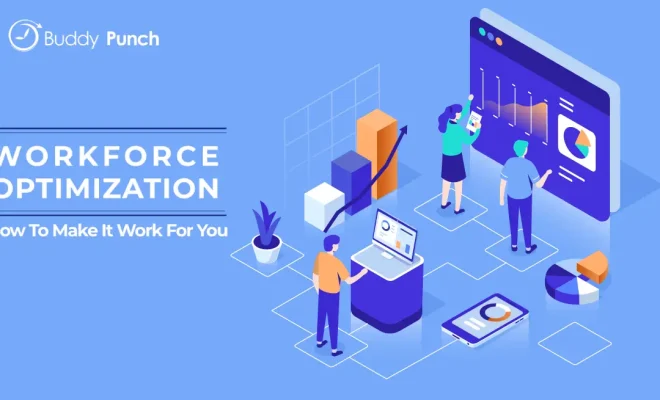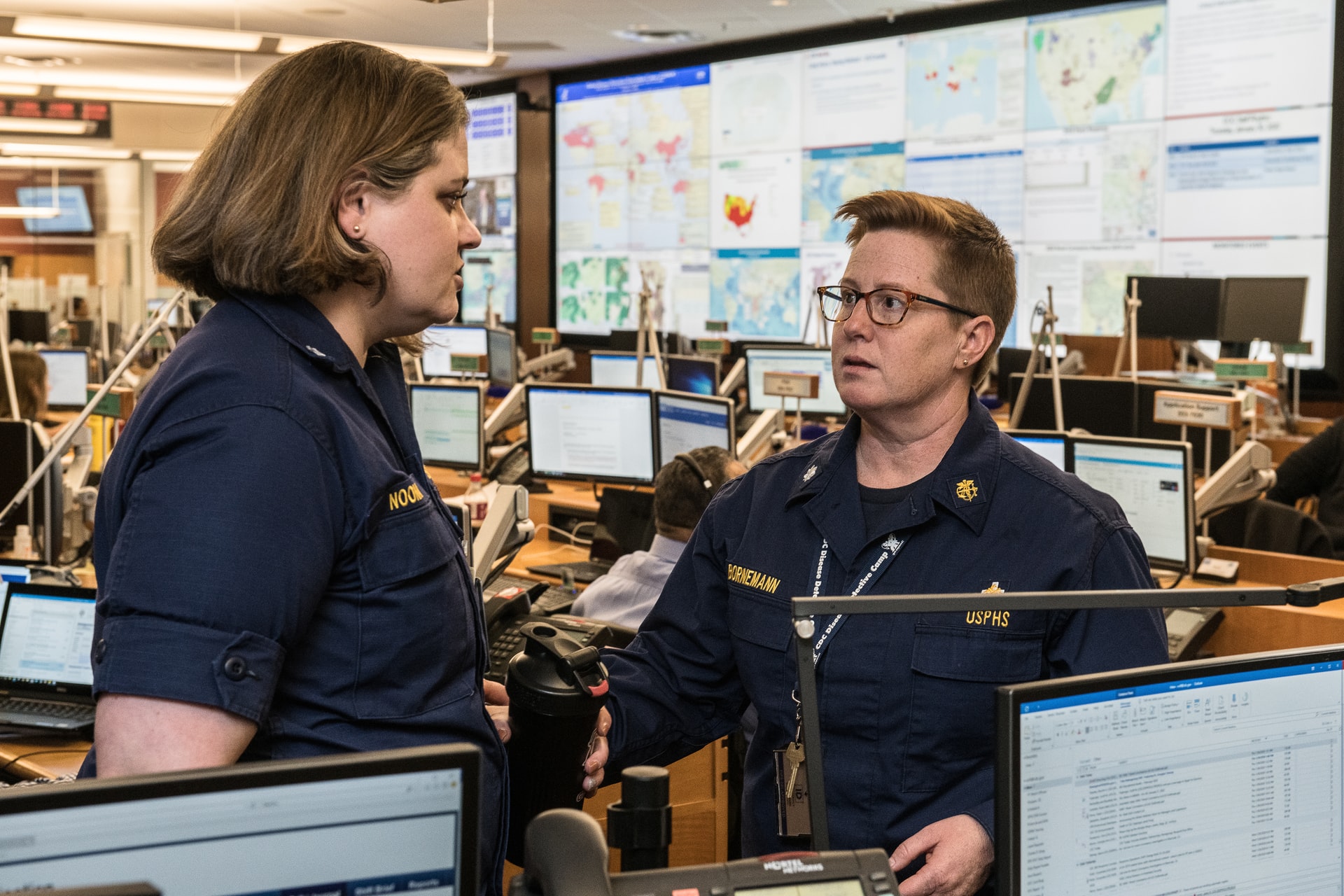The Seven Parts Of a Needs Analysis

In the final installment of our requirements analysis series, we will discuss the seven basics of the needs analysis process to assist you in identifying pain points and continuously improving your L&D initiatives.
Three Words of Advice
Building a Needs Analysis system is difficult but not necessarily difficult. In reality, with the right emphasis, the Seven Essentials of Needs Assessment can be straightforward. This guide is designed to provide a precise, clear, and practical guide to the Seven Essentials of Needs Analysis Model to enhance the professional development you provide for your team. Kathryn and her team confronted the issue of significantly increasing their digital learning offerings in our needs assessment story. With AshCom’s acquisition of Globex, what had been well-paced and planned became urgent and high-profile. They invested a large amount of time and effort going through the Seven Essentials of Needs Analysis to grasp their situation and develop a plan.
Before delving into each necessity, we’d want to offer you three bits of advice:
- Not all of the Seven Essentials may need significant time in every learning effort. For example, if your team spent time on audience definition in a previous project and you are developing more learning items, you may merely need to validate that the group size has not changed dramatically. If you are creating a new module that will fit within an existing Curriculum Map, a short examination of the map may be all that is required. It’s similar to driving in that you don’t have to continuously double-check which highway you’re on, but it’s a good idea to pay attention to where you are on that route. More than one driver has taken the wrong turn and drove a considerable distance before recognizing their error.
- Putting the Seven Essentials into action will quickly reveal that they are not discrete steps. In other words, you’ll notice that they blend. They are interconnected and not self-contained.
- Those who have gone through a deep learning requirements analysis process will affirm that, while the Seven Essentials are required, they do not necessarily occur in the same order. Depending on your organization’s learning needs, you may need to start with Essential #5 – Determining the ROI Metrics – It is the first assignment allocated to you and has become your top priority.
Essential #1: Curriculum Mapping is a must-have.
Definition: Curriculum is defined as “a road or path.” Creating a Curriculum Map gives a learning team a clear idea of where they are, where they are heading, and what is next. It all comes down to providing visibility so that a team can “see.” A good curricular map establishes alignment and provides a bird’s-eye view. It is typically used for long-term planning and offers structure.
Excellent Questions
- What is our current level of knowledge?
- What are our company’s goals?
- What are the development priorities for learning modules?
- Where do we have knowledge gaps or redundancies?
- What are the internal goals of our learning team?
- How will a “victory” look for us?
Essential #2: KNOW/DO/BELIEVE
Definition: The Know/Do/Believe framework assists learning teams in categorizing what they want their learners to obtain from their learning experience. These are the three buckets that assist the team in categorizing objectives. The Know/Do/Believe buckets can help you identify how different learning components fit together and, in some situations, what is most important. Crossover between the groups is unavoidable. Some learning resources will just cover one of the three, but others will cover all three. These buckets are an essential component of a thorough requirements analysis process, assisting you in determining what is most required.
Excellent Questions
- What do you want students to understand?
- What do you want learners to be able to do?
- What do you want your students to believe?
Essential #3: Audience Definition
Definition: A thorough grasp of a group of learners is essential for the success of a learning program. It may be possible to construct a learning route for specific individuals in small businesses. Such granularity is unlikely in larger organizations, but it is still possible to learn a lot about your learners. This will be critical in determining their learning requirements. Not all queries can be answered in as much detail as you would like. The goal is to develop a picture of the learners and then do your best to adapt learning opportunities to match the needs of your learners.
Excellent Questions
- What is the average age of students?
- What is your degree of education?
- What is their native language?
- What do your students hope to achieve?
- How does this event relate to your organization’s learning efforts?
- What is their preferred method of learning?
- What do students require to be more successful?
Essential#4: Marketing/Branding
Definition: The marketing/branding conversation is necessary during the Needs Analysis stage because it will be critical to the success of the learning program after it is released. Early consideration of the brand will pay dividends in the future. Branding is about how students would perceive learning once it is provided. In other words, it refers to the type of experience the student will have. Early in the Needs Analysis process, smart branding matches what you want learners to think of learning with what they will think of your learning after they have experienced it.
Excellent Questions
- What will be the tone of the training you provide? Will it be amusing? Serious? Calming? Conversational? Intense? Scholarly?
- What will be the learning approach you will use? Traditional? Colorful? Monotone? Industrial? Is it overly stylized?
Important #5: Determining ROI
Definition: ROI stands for “Return on Investment.” The basic idea is that your company invests money, effort, and other resources in something with the assumption that what they get back (the return) would be larger than the investment.
Excellent Questions
- What are your ROI goals?
- What metrics will you track?
- How will you assess them?
- When are you going to measure them?
- To whom and how will you report them?
Essential #6: Developing The Team
Definition: It is clear and vital to spend time building a team that will provide learning content. You must determine who will perform which jobs. Determining which positions are necessary and who will fill them is a part of the Needs Analysis process. Stakeholders are a less frequently considered dynamic. Many people will be invested in the success of some initiatives, particularly those that are huge, complex, and costly. It is critical to know all stakeholders and plan how you will communicate with them throughout the project’s lifecycle.
Excellent Questions
- Which duties must be completed?
- What roles will be required to perform the tasks?
- Who do you currently have in place to fill those positions?
- How many more people might be required?
- Who are your key stakeholders?
- How will you communicate with each stakeholder group?
Essential #7: Scoping is essential
The Project Defined: Scoping entails determining the processes necessary to produce the content required to meet the objectives. Because it identifies some of a project’s limitations, scoping frequently entails the most questions.
Excellent Questions
- What is the project’s budget?
- Is 508/ADA compliance required?
- Do we already have source material for this module?
- What is the location of the source material?
- Where will the source material be kept once the module is completed?
- What existing media and images are there? Where are they kept?
- What is the preferred seat time?
- How frequently will the team meet? When and where?
- What is the start and end date of the project?
- What is the format of a module’s ultimate delivery?
- How will the module be tested in the field before it is released?
- What methods will SMEs and stakeholders use to provide feedback to the learning team?
- Will the module work with our learning management system? Are there any concerns?





